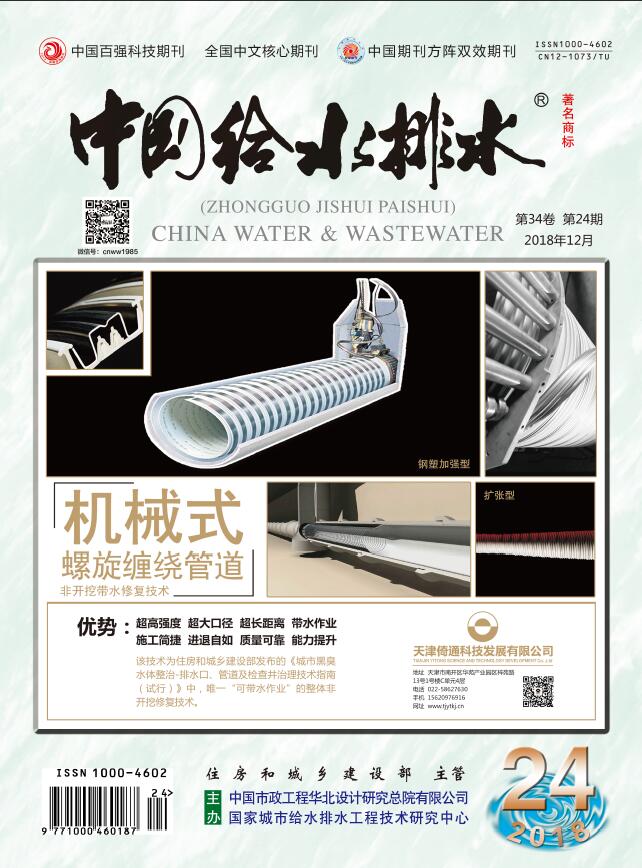WANGYu-min,SHAOXian-tao,ZHOU Jia-zhong,et al.Application of BFM Process in the Upgrading and Reconstruction of a WWTP in Shandong Province[J].China Water & Wastewater,2025,41(12):97-102.
Application of BFM Process in the Upgrading and Reconstruction of a WWTP in Shandong Province
China Water & Wastewater[ISSN:1000-4062/CN:12-1073/TU]
volume:
第41卷
Number:
第12期
Page:
97-102
Column:
Date of publication:
2025-06-17
- Keywords:
- upgrading and reconstruction; biofilm; MBBR; advanced treatment
- Abstract:
- A wastewater treatment plant (WWTP) in Shandong Province has a treatment capacity of 6×104 m3/d, adopting the method of adding new wastewater treatment process units for the upgrading of class Ⅳ standard. The process adopts the technical route of BFM based on biofilm method and integrated activated carbon adsorption unit. The area occupied by the upgrading and reconstruction processing unit is 0.03 m2/(m3·d-1), and the filling rates of the aerobic and anaerobic zones in the BFM biological tank reached to 55% and 50%, respectively. During stable operation, the actual influent of BFM fluctuates greatly. Under the conditions of influent COD, NH3-N, TN, TP, and SS being 16.72-37.34 mg/L, 0.22-4.19 mg/L, 9.70-14.15 mg/L, 0.03-0.42, and 6.79-9.54 mg/L, respectively, after BFM treatment, it can be stably reduced to 16.59-21.89 mg/L, 0.03-0.13 mg/L, 7.15-9.04 mg/L, 0.02-0.10 mg/L, and 3.24-6.51 mg/L. High-throughput sequencing results showed that the biofilm achieved efficient enrichment of functional bacteria under low substrate conditions, with relative abundances of aerobic nitrifying bacteria and anaerobic denitrifying bacteria reaching 7.77% and 16.5%, respectively. The BFM process has the advantages of intensification, efficiency, and stability, which can serve as a reference for upgrading and reconstruction similar sewage treatment plants.
Last Update:
2025-06-17

